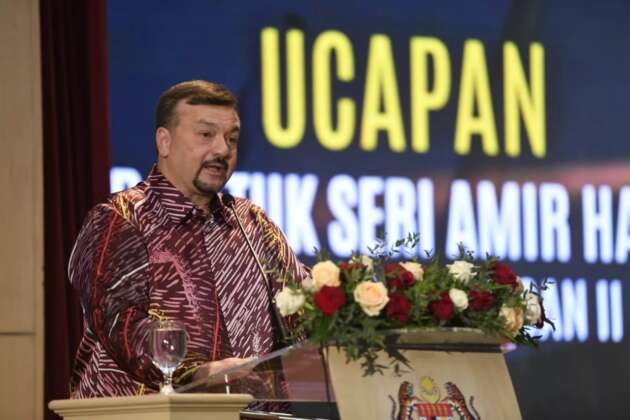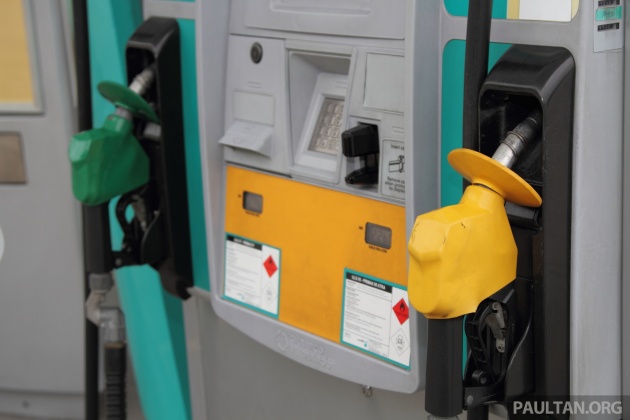How are they going to implement it, everyone asked. The answer is MyKad. Finance minister II Datuk Seri Amir Hamzah Azizan said that the RON 95 fuel subsidy mechanism will be based on a two-tier pricing system, and your identity card will determine if you pay a subsidised petrol price later this year.
“As I have answered multiple times in the Dewan Rakyat and Dewan Negara, the mechanism is still being refined. We do not want to pre-announce something while we are still working on it because the most important thing is to ensure that the system is robust,” he said today at the launch of the Rapid KL On-Demand open payment system in KL, reported by NST.
“We will use a two-tier pricing system, with both subsidised and non-subsidised prices. More than 85% of the people will benefit from the subsidised price,” the senator added.
Amir said the system will be utilising MyKad. “For those who are not familiar with the process, the Sumbangan Asas Rahmah (Sara) assistance programme, we have the recipients receiving RM100 or RM50 per month, where they can purchase goods at retail stores or supermarkets using MyKad. Currently, we have 700,000 recipients and starting next week, this number will increase to 5.4 million people who will benefit from it.
“There are currently over 3,500 retail stores and supermarkets that support this MyKad system for Sara’s assistance. So, when we compare, if we can use MyKad for 5.4 million recipients with 3,500 stores, it’s not that different and we could also use the same system for RON 95,” Amir explained.
Prime minister Datuk Seri Anwar Ibrahim announced the restructuring of RON 95 petrol subsidy from blanket to targeted in the tabling of Budget 2025, and said that change will take place in mid-2025. The PM said that Malaysia spends RM20 billion a year in petrol subsidies to keep the price of RON 95 capped at RM2.05 per litre, and moving to targeted subsidies would save the government RM8 billion.
The targeted petrol subsidy was to exclude the top 15% earners in the country, or T15, though the prime minister has since walked back on the definition of T15, which according to some definitions is household income of RM12,000 or RM13,000.
Now, Amir Hamzah says that 85% of the rakyat will benefit, which goes back to the T15 yardstick. MyKad-based two-tier pricing aside, the other methods to channel subsidy that have been floated before include direct cash transfer and vehicle type discrimination – we take a look at the pros and cons of all three methods here. What do you think of the government’s chosen approach?
Looking to sell your car? Sell it with Carro.





AI-generated Summary
The comments express a mix of skepticism and support for the targeted fuel subsidy system using MyKad, with many arguing it could reduce leakage and smuggling, but some concern about potential data security issues and system implementation challenges. Several commenters highlight that the current subsidy benefits those who may not need it as much, while the targeted approach aims to assist the truly needy, like rural folks and the lower-income T15 group. There are debates over whether the system will truly benefit 85% of Malaysians, with some critics questioning the fairness and practicality, especially for high-income earners and foreigners. Others emphasize the need for better infrastructure, anti-smuggling measures, and systemic reforms, both in subsidies and healthcare, to genuinely improve rakyat's welfare. Overall, there’s cautious optimism but also significant concern over execution and transparency.